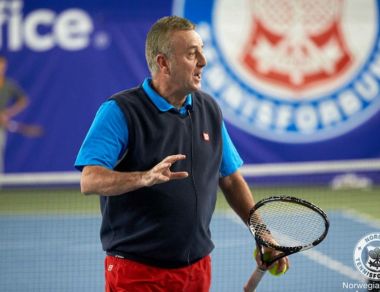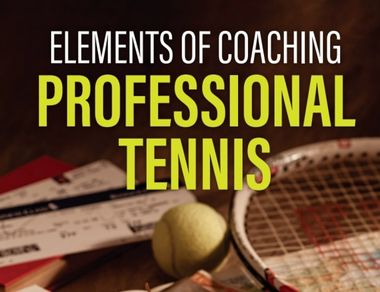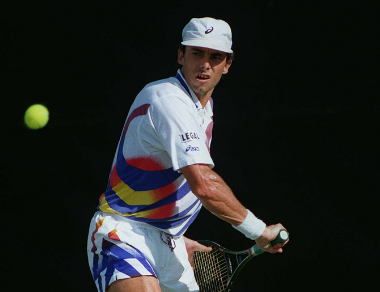Dave Miley spent 24 years with the ITF Department of Development, 18 of which were as the Executive Director of Development.
What are some of the most common mistakes that you have seen national associations do?
DM: The focus has to be on the less glamorous things. Probably the most important thing that I was trying to get across to the national federations was to try to use the limited resources effectively. So what is the limited resources that you have? Courts, coaches on the payroll, finances for player development. Next, try to build a good team. If you want to be exceptional, you just have to do what you say. Finally, get the coaches more educated, set up more tournaments and get the clubs more active.
An example would be Richard Berankis. I remember hitting with him when he was an 11 years old in Kaunas, Lithuania. Hitting with him already back then I thought well this kid can be really good so now it’s about making sure that he has the right resources. I sat down with his coaches several times to go over the kind of schedule that he needed to play. So let’s say to be a good player, you need to have in-between the age of 13-17 years old to play 80-100 competitive matches a year with a 2:1 W/L ratio on different surfaces each year. Let’s go back to Richard.
He wants to play a full Tennis Europe schedule but that is going to cost him approximately $50.000 dollars. The problem though is that there are only $25.000. Okay, so let’s look at the tournament schedule and see what tournaments are nearby, do we have people that we can stay with. Maybe Richard will only reach 70 matches a year and not a 100, but it’s still pretty good and you try to find a way to maximize your limited resources. The worst thing that can happen is when a player will conclude that they don’t have the resources to do the perfect option and they then simply decide to do nothing. Of course the Grand Slam nations have better resources and it can seem unfair, but it is possible even when you are from countries like Cyprus, Lithuania and Tunisia provided that they chip away, use the limited resources effectively and play a reasonable schedule and continue to train and hopefully have some good people around them.



